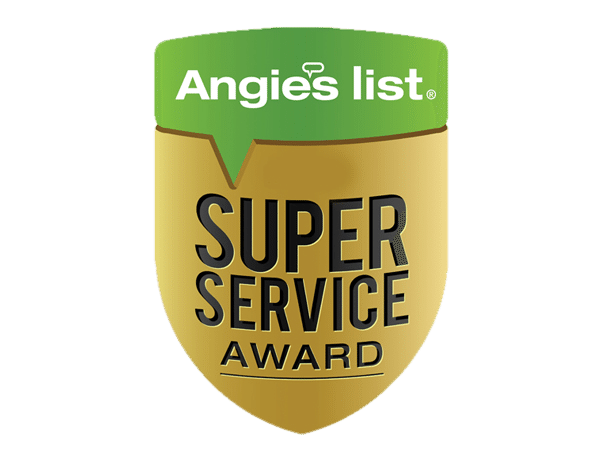A clogged condensate drain shouldn’t be ignored. It has the potential to cause serious damage, including flooding that can destroy floors and drywall.
Here’s all you need to know about your clogged A/C drain pipe.
What is a Condensate Line?
Your HVAC system is constructed with a drain line for the moisture that occurs as the evaporator coils pull it from your home’s air. That moisture condenses on the coils, then collects in a condensate pan. If the system is working properly, the moisture then drains into a PVC line and is expelled outdoors.
Over time, this line can become clogged with dirt and form a kind of sludge. That sludge may plug up the line or the pan and cause a clog, blocking the water. The pan may overflow, causing flooding.
Another cause for condensate line blockage in our climate is freezing.
Telltale signs of condensate drain obstructions are these:
- Dripping sounds inside your HVAC system.
- Puddles on the floor, outside your HVAC cabinet.
- Pools of water around the furnace.
- Air filter is damp.
Unclogging the Condensate Line
Not that many homeowners know about the condensate line and how it works, so are not aware when the line becomes clogged. They may hear the dripping but not know what it is, and let it go on too long so that flooding occurs.
While some homeowners may be competent to unclog a condensate line, you’re really better off calling your HVAC consultant. The condensate line is usually one of the areas that the HVAC tech will check during the annual preventative maintenance check. It’s a fairly straightforward repair with bleach and water, so generally doesn’t take long to fix. The tech may also take a look at the drain pan to make sure it’s not rusty (you don’t want holes in the pan), or that the PVC line is connected properly to the rest of the equipment.
To learn more about a clogged A/C drain pipe, contact Ace Hardware Home Services. Contact us for repairs, maintenance and new installations throughout the Dayton area.








